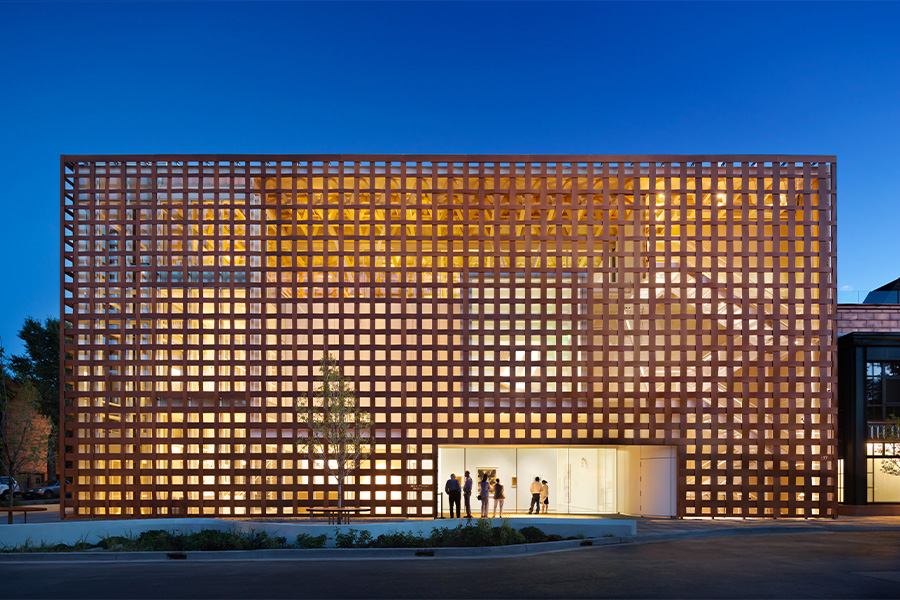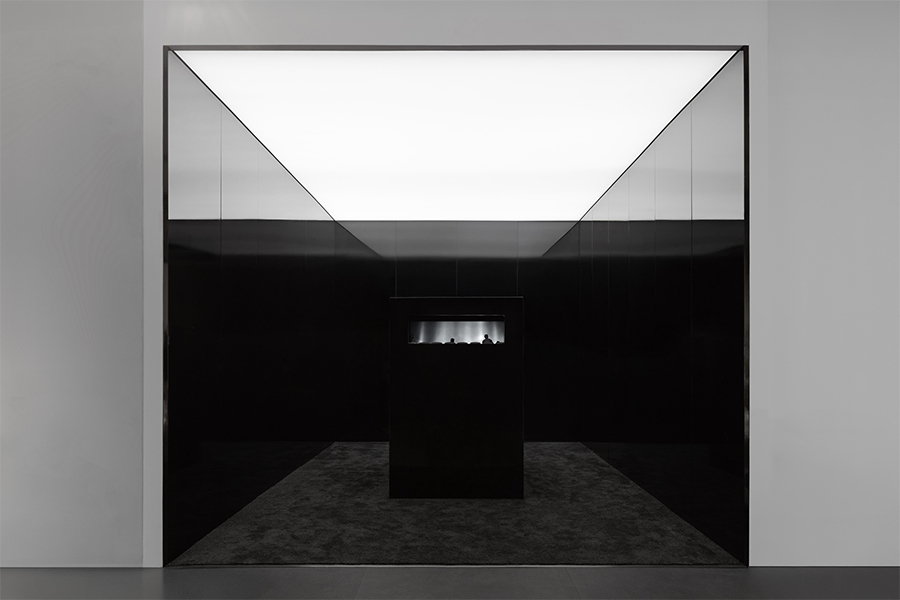Hilton launches its 18th brand, an all-timber housing development is set for Copenhagen, and sci-fit artist Lucy McRae plans for a post-apocalyptic future. All this and more in this week’s Five.
Henning Larsen designs all-timber housing development in Copenhagen

Copenhagen-based firm Henning Larsen has won a national design competition with Fælledby, a sustainable housing proposal that will become the country’s first all-timber neighborhood. Set to transform a former junkyard on the edge of the city, the low-rise structures will accommodate 7,000 inhabitants across three distinct neighborhoods, encouraging a sense of community within. Landscaping with comprise 40 percent of the development—setting an example of hybrid living that serves nature, with birdhouses and other animal habitats integrated into the building’s façades. “Deciding to build in the natural landscape around Fælledby comes with a commitment to balance people with nature,” Signe Kongebro, partner at the design firm, told Dezeen. “With the rural village as an archetype, we’re creating a city where biodiversity and active recreation define a sustainable pact between people and nature.”
Hilton launches 18th brand

While some in the industry worry of brand proliferation, Hilton shows no signs of concern, launching its 18th brand, the “approachable lifestyle” Tempo by Hilton. Each property is curated to serve the modern achiever and will feature a wellness-focused aesthetic, with state-of-the-art fitness offerings, flexible meeting spaces, and informal lounge areas. The already-crowded lifestyle space will prove competitive for Hilton, but the global hotel company hopes Tempo will provide a compelling reason for developers and owners to jump on board. In fact, there are more than 30 deals signed to date and another 30 in various stages of development.
A historical map of NYC comes to newly launched app

New York-based technology nonprofit Urban Archive has integrated its popular namesake app, which launched in 2017, into its website. Started as an experiment with the Museum of the City of New York, Brooklyn Historical Society, and the New York Public Library, the startup’s mission is to extend the reach of cultural organizations by providing them with collaborative tools to share local history. To that end, it has worked with nearly 60 New York institutions to map 91,351 images across 34,977 locations throughout the city’s five boroughs to date, many complete with descriptions and historical fun facts. The app allows visitors to “instantly have at [their] fingertips a miniature New York historical museum,” according to Architectural Digest.
Lucy McRae plans for a post-apocalyptic world

Architect and science-fiction artist Lucy McRae has imagined a survival kit for a post-apocalyptic future. The aptly named Future Survival Kit is presented in State of Extremes, a group show on view through May 9th at the Design Museum Holon in Israel. With tools such as comfy cushions, mats, and a mask that can be used as a pillow, the kit is designed to help people adjust to a new, harsh reality while forging connections between them. “The work requires two people to engage in an activity, whereby a lo-fi machine hugs you. The firmness of the hug is manually operated by a stranger kneeling beside a body that is sandwiched between blubber-like cushions, where the body is lulled to surrender,” McRae says.
A Connecticut landmark is brought back to life

The fate of the long-vacant Marcel Breuer-designed Pirelli Tire Building in New Haven, Connecticut has changed for the better thanks to a recent handover, writes Contract magazine. Most recently an IKEA storage and parking facility, the Brutalist-style structure has been sold for $1.2 million to Bruce Becker, a local developer who plans to transform it into a net-zero energy property, home to a 165-room hotel and conference center. Breuer’s original 1970-completed design has long been considered an example of midcentury experimentalism.


